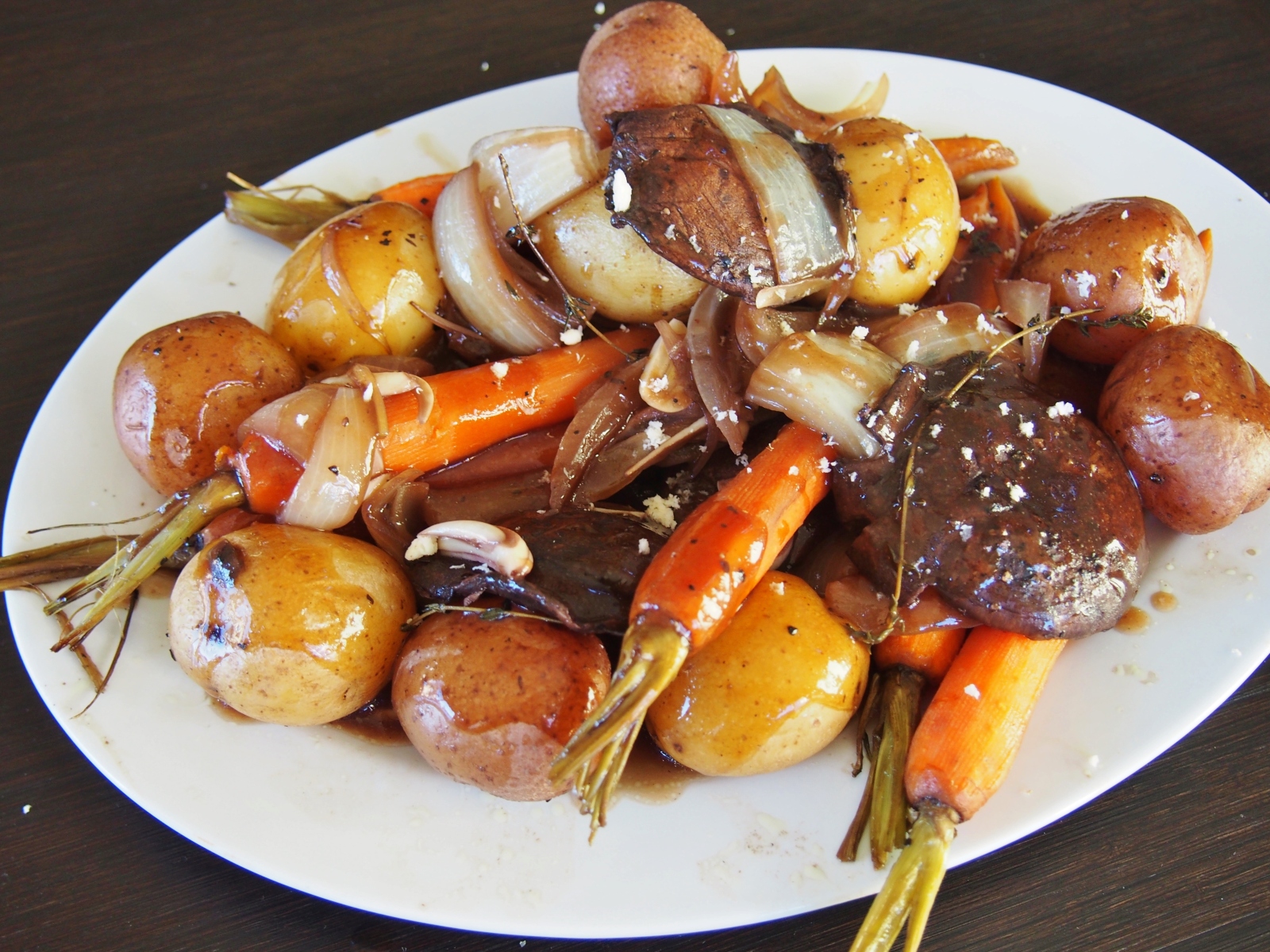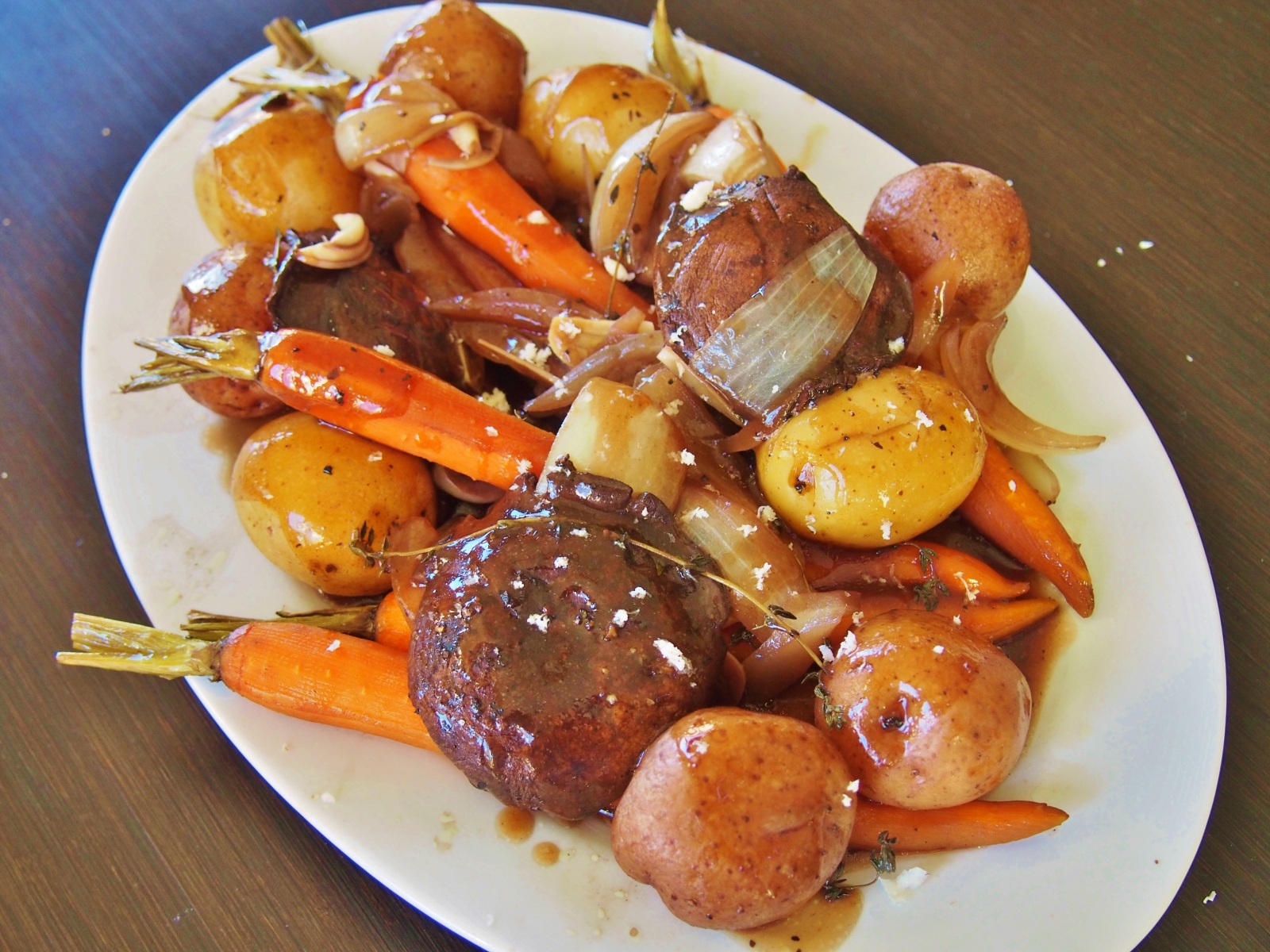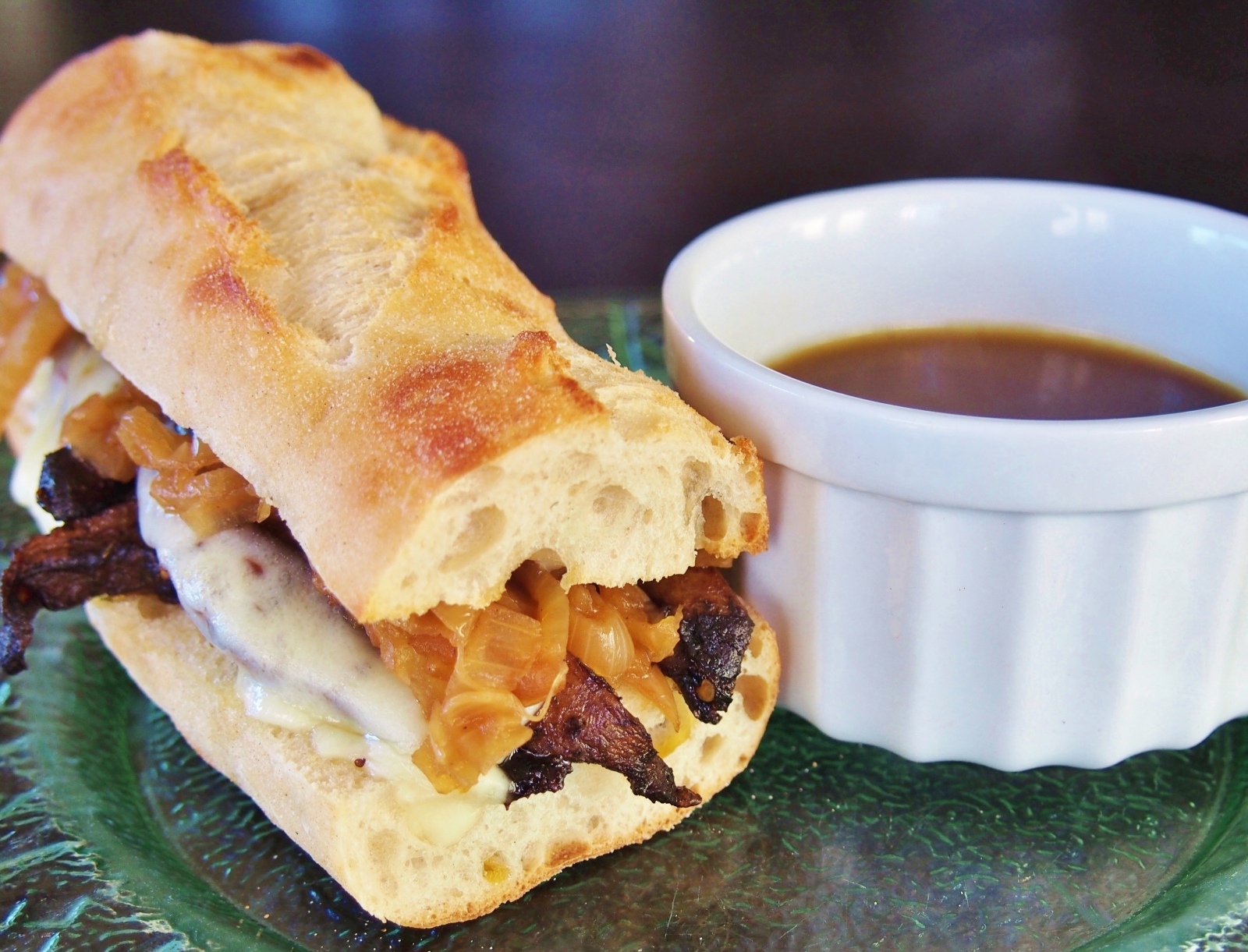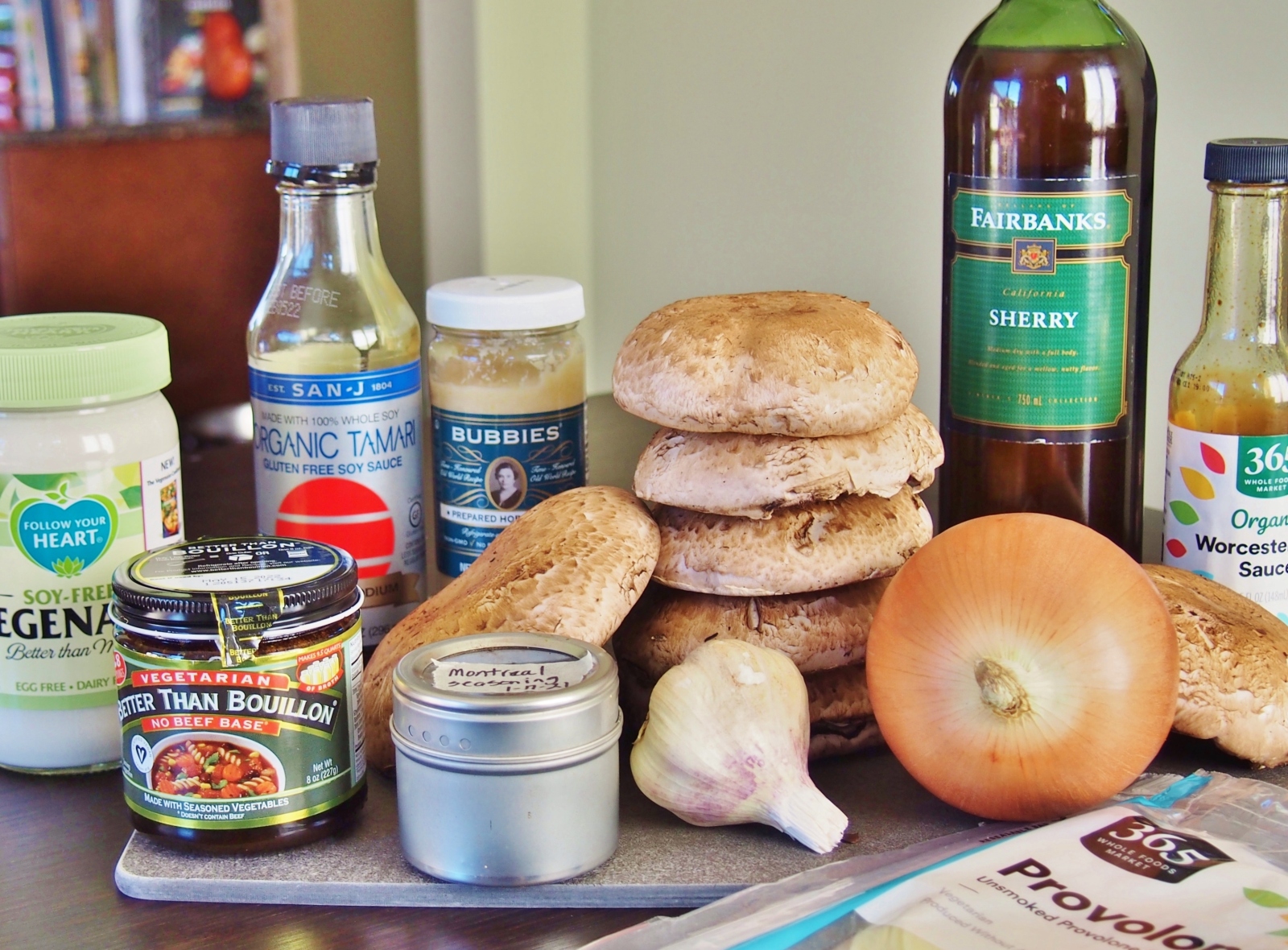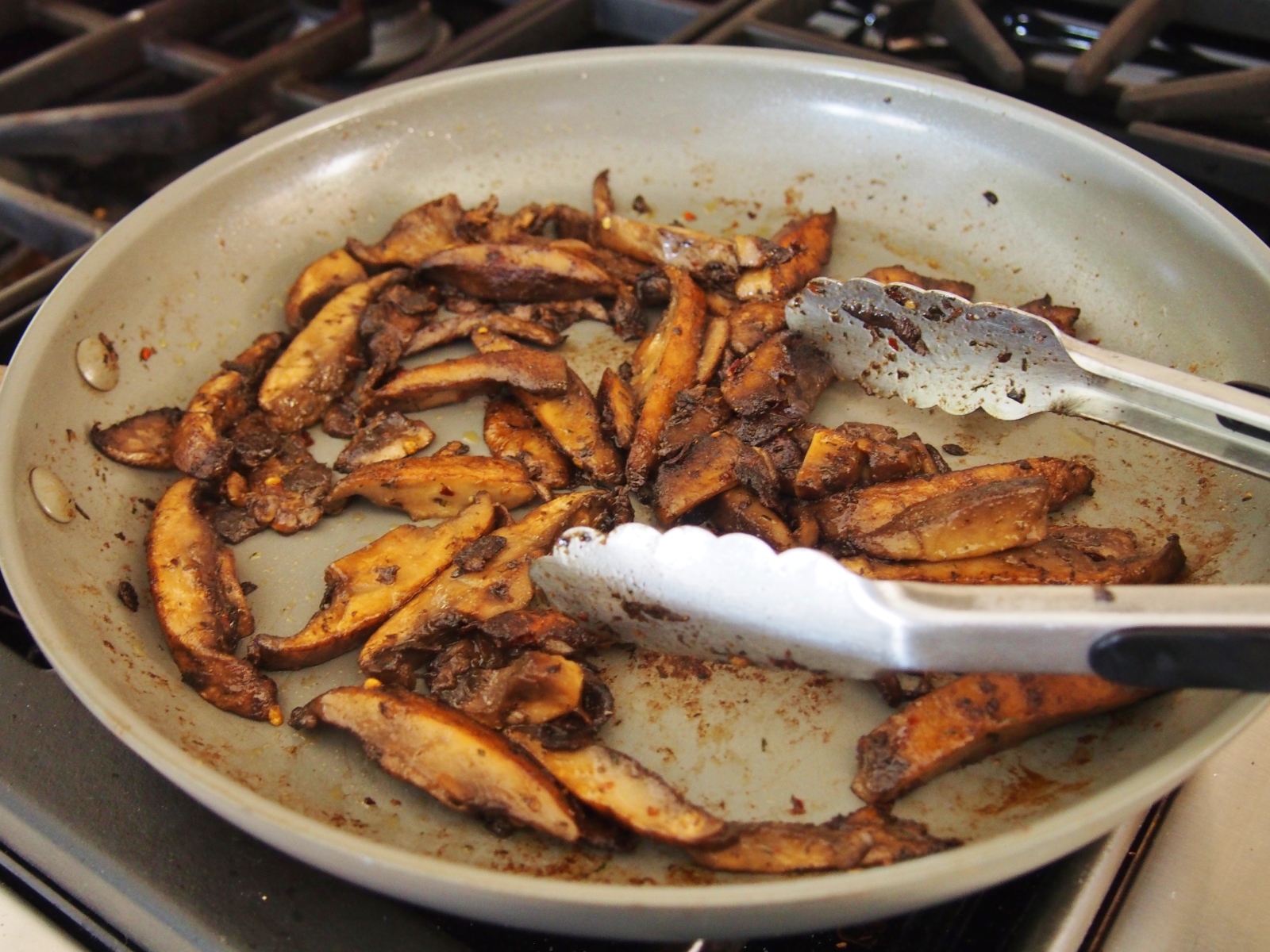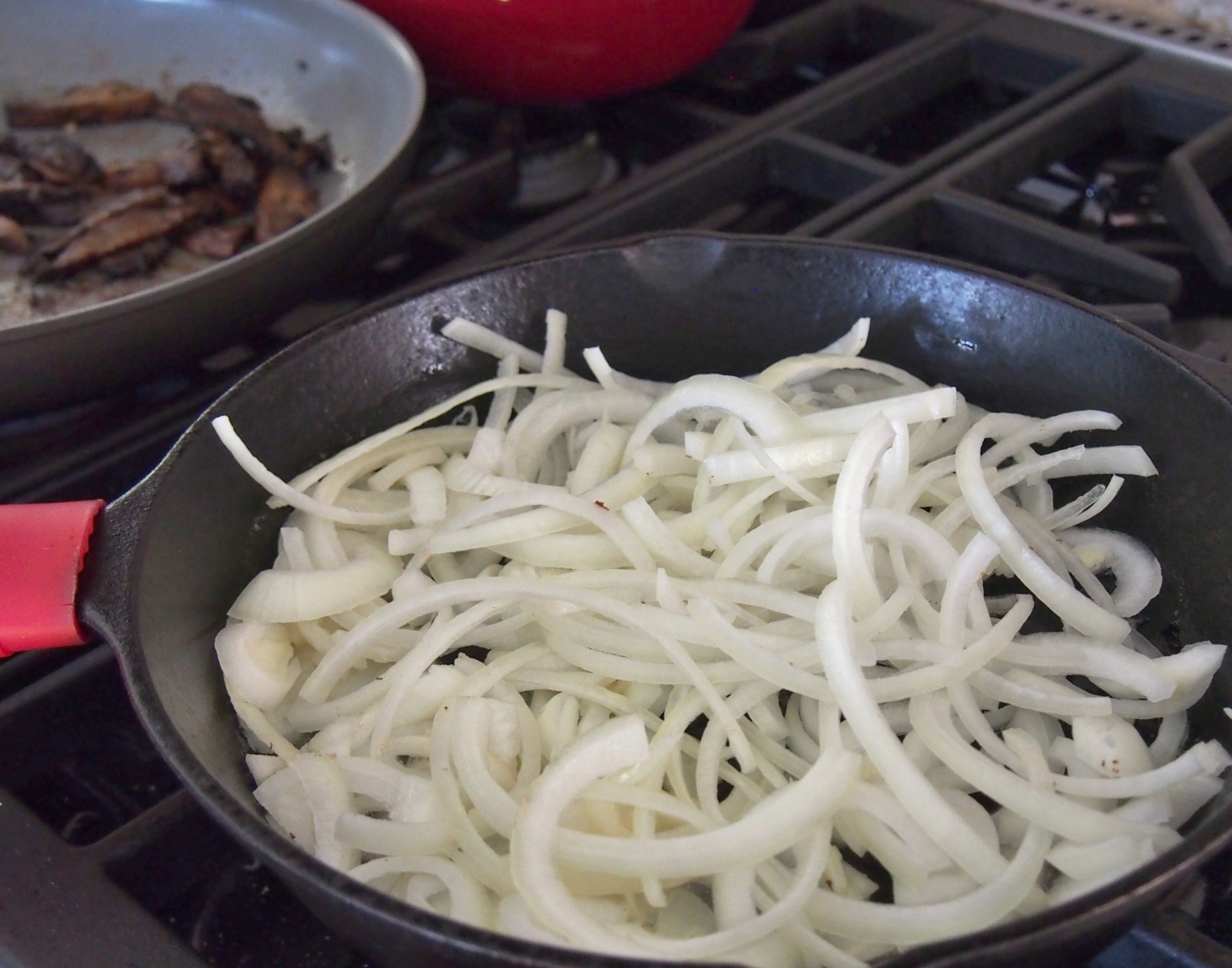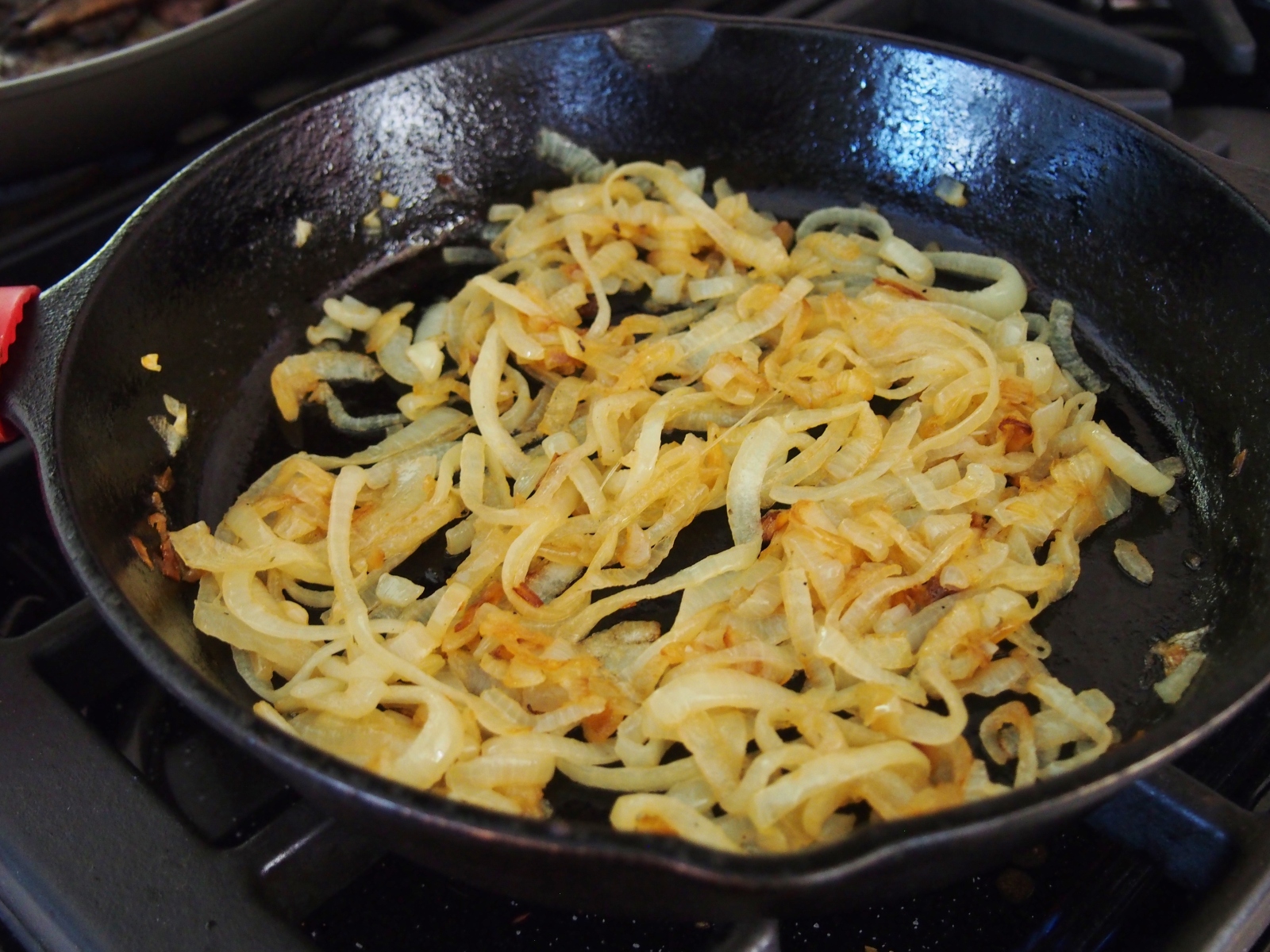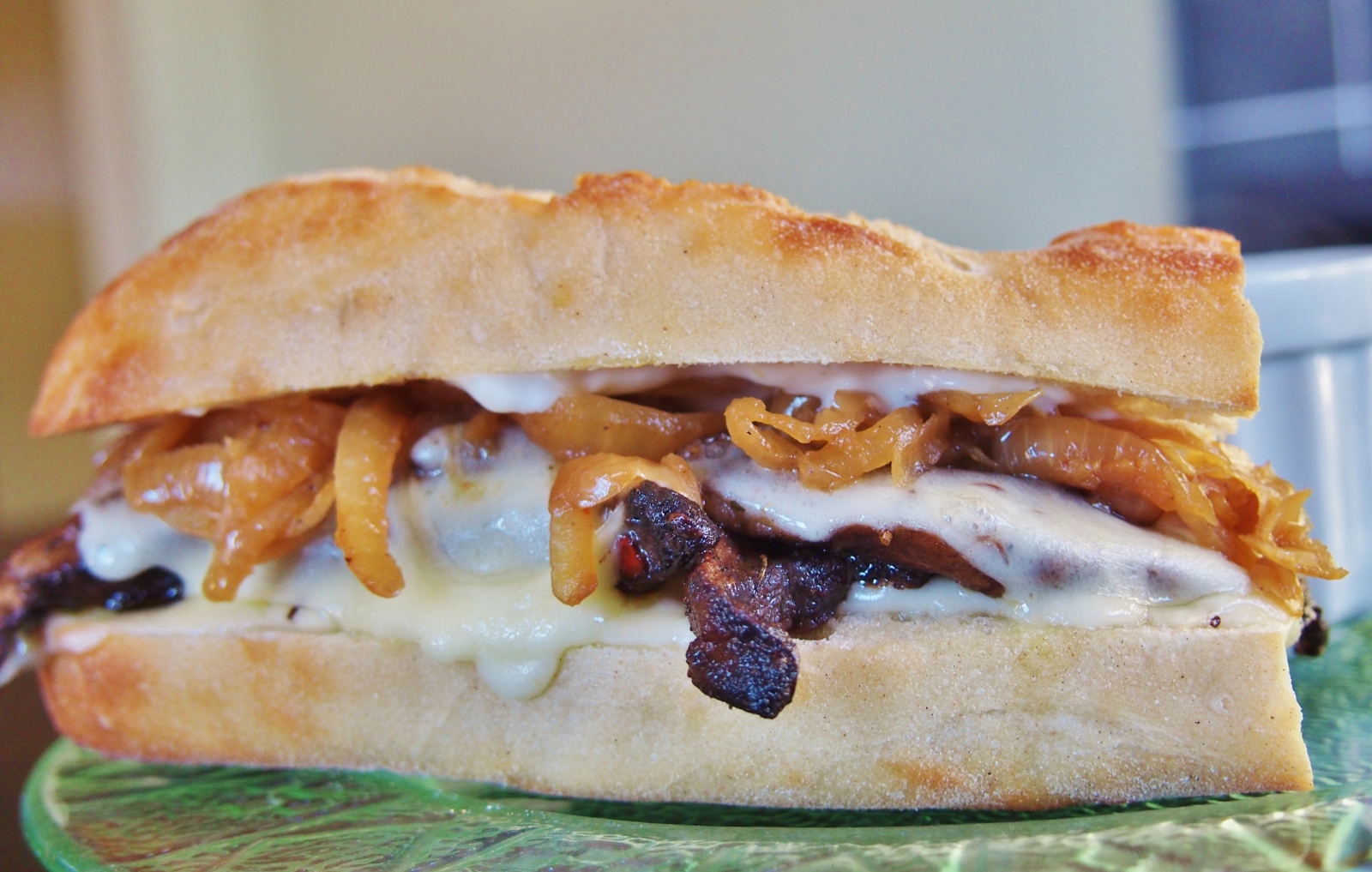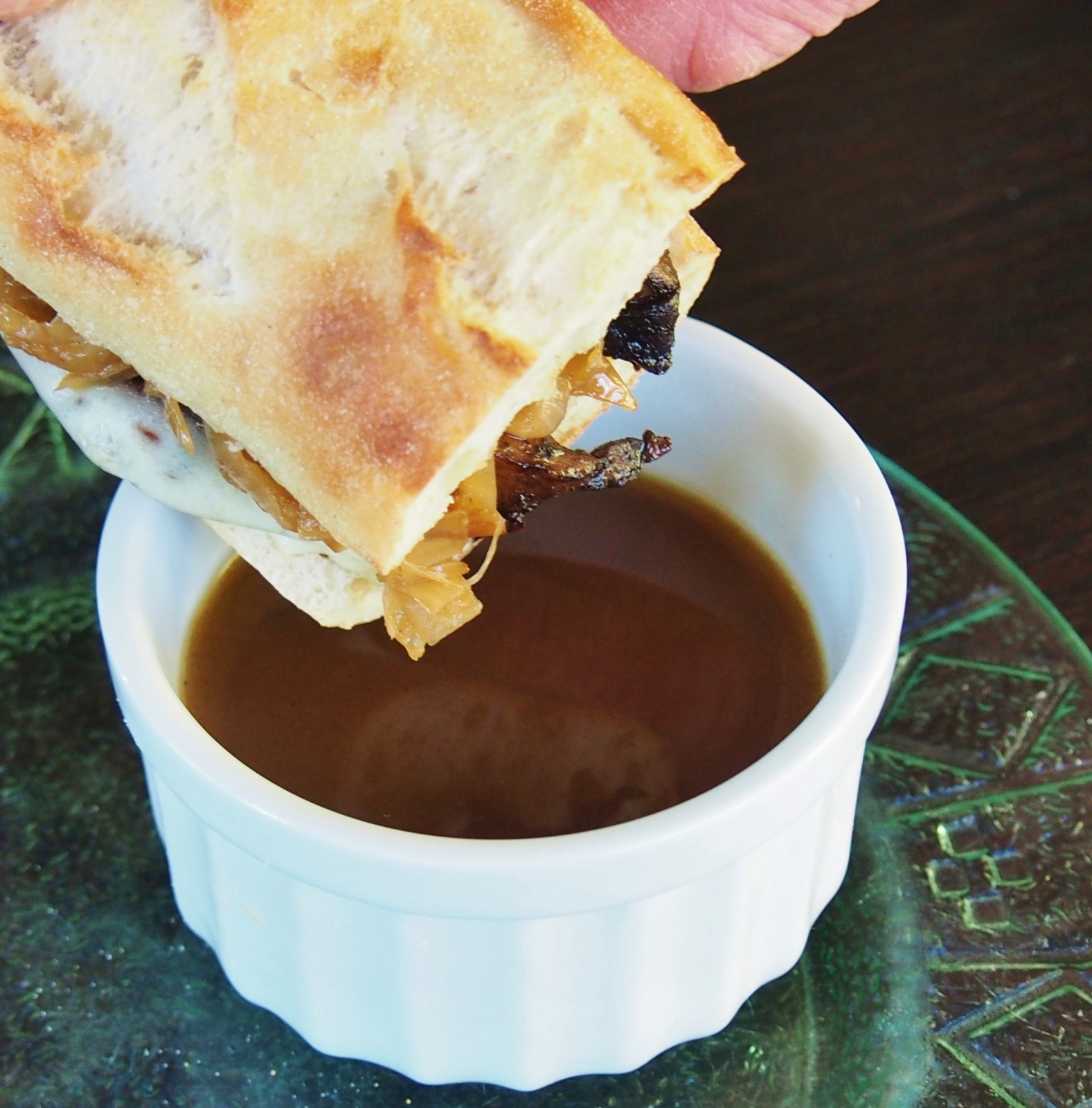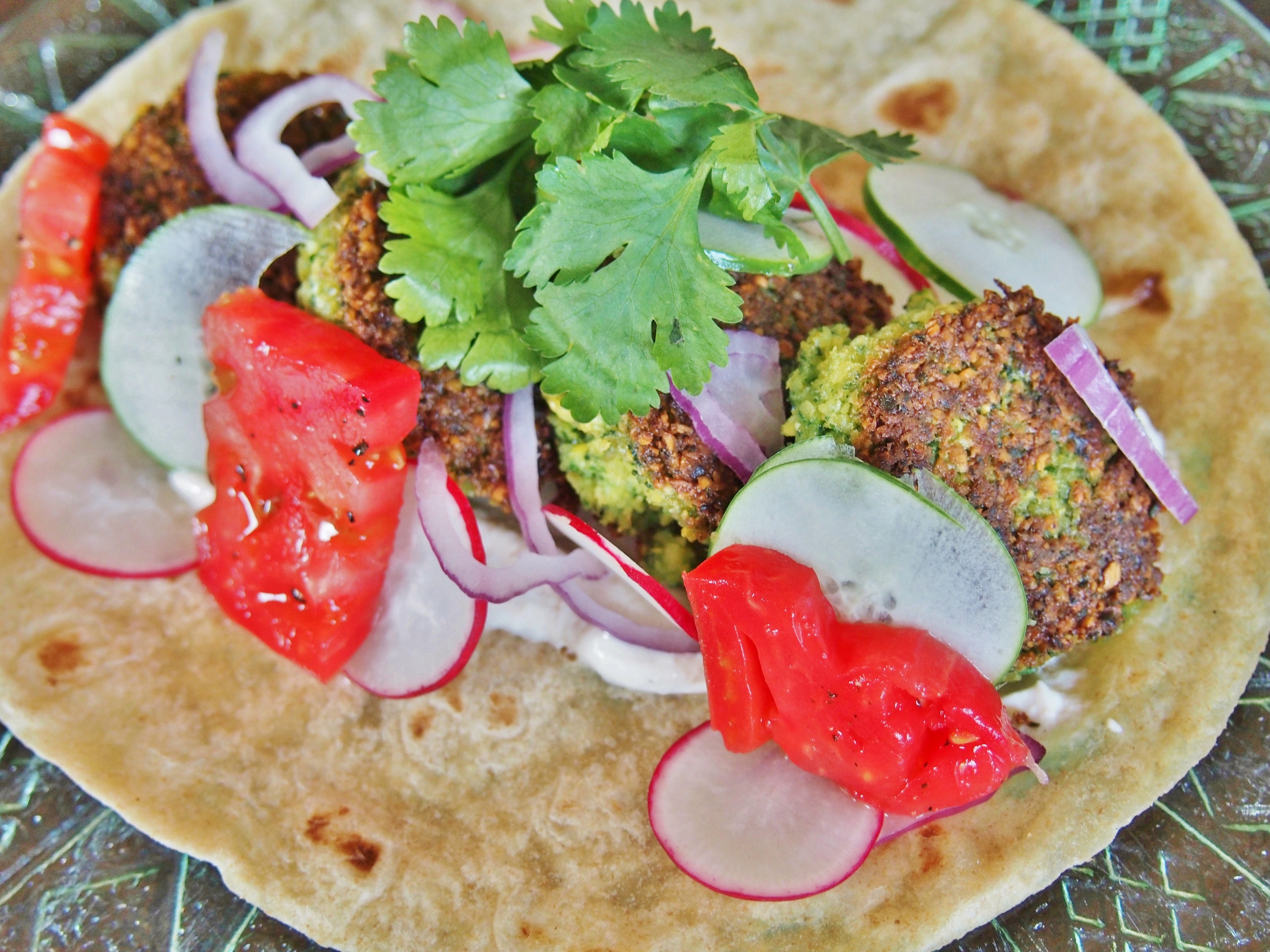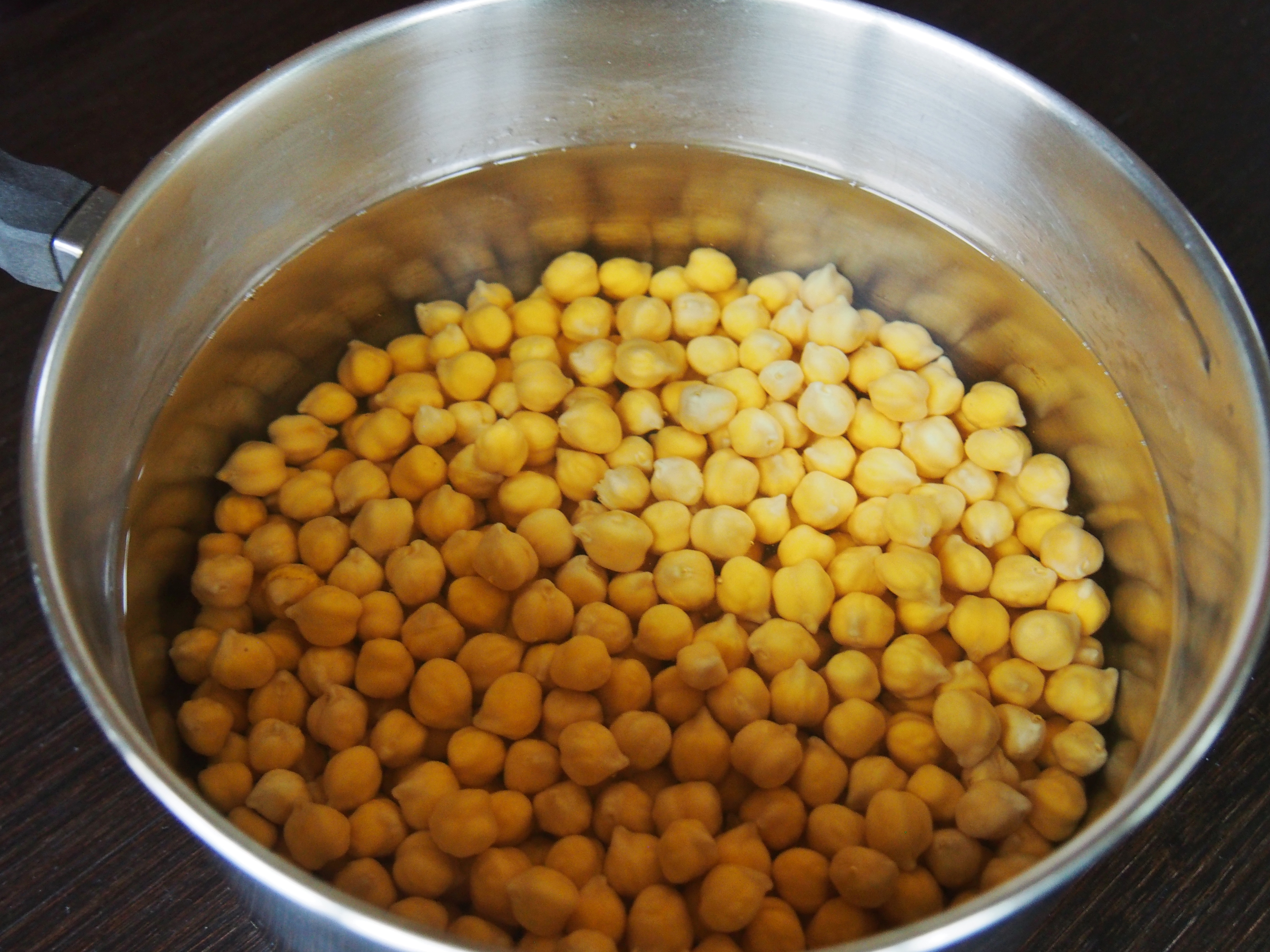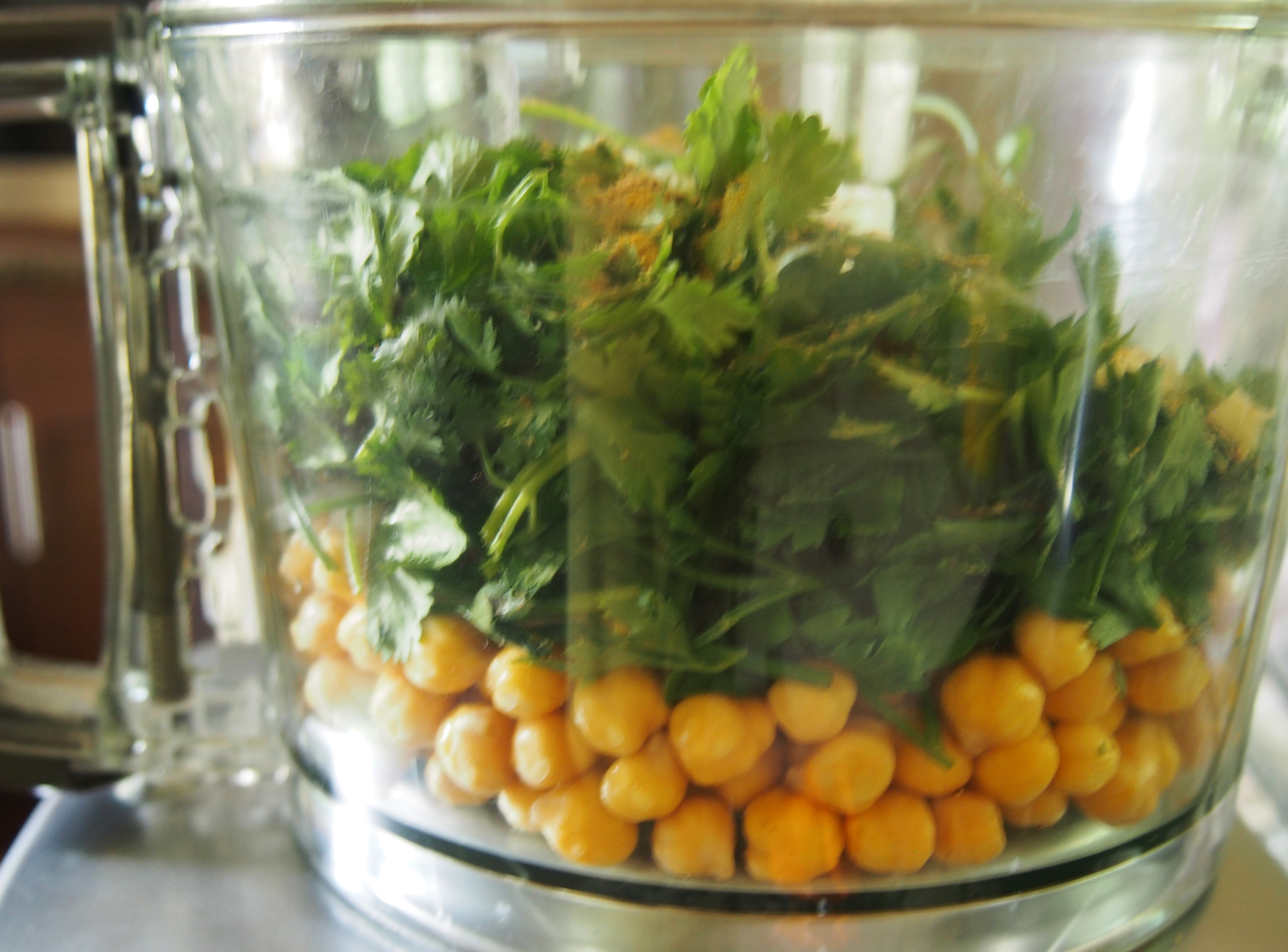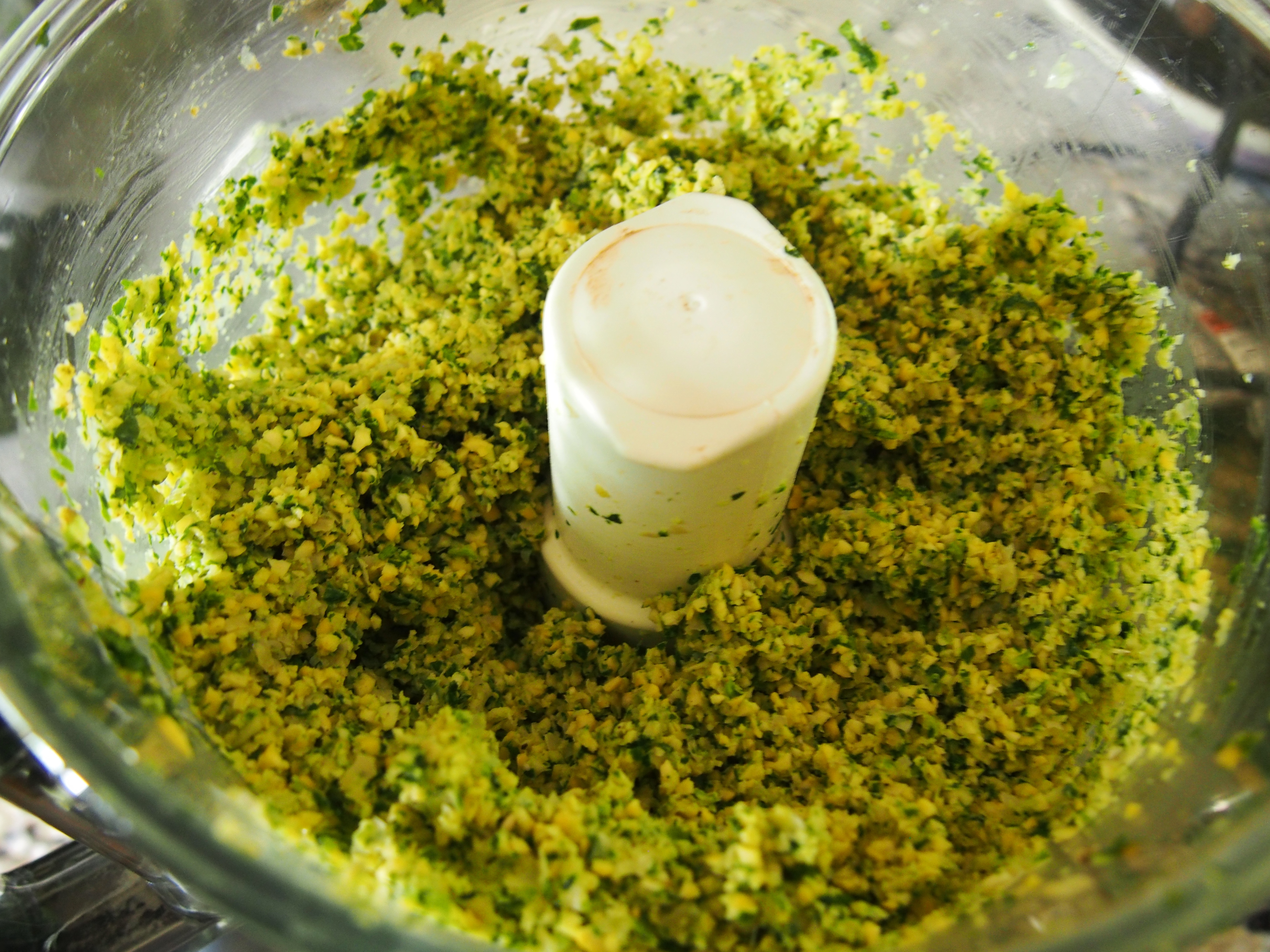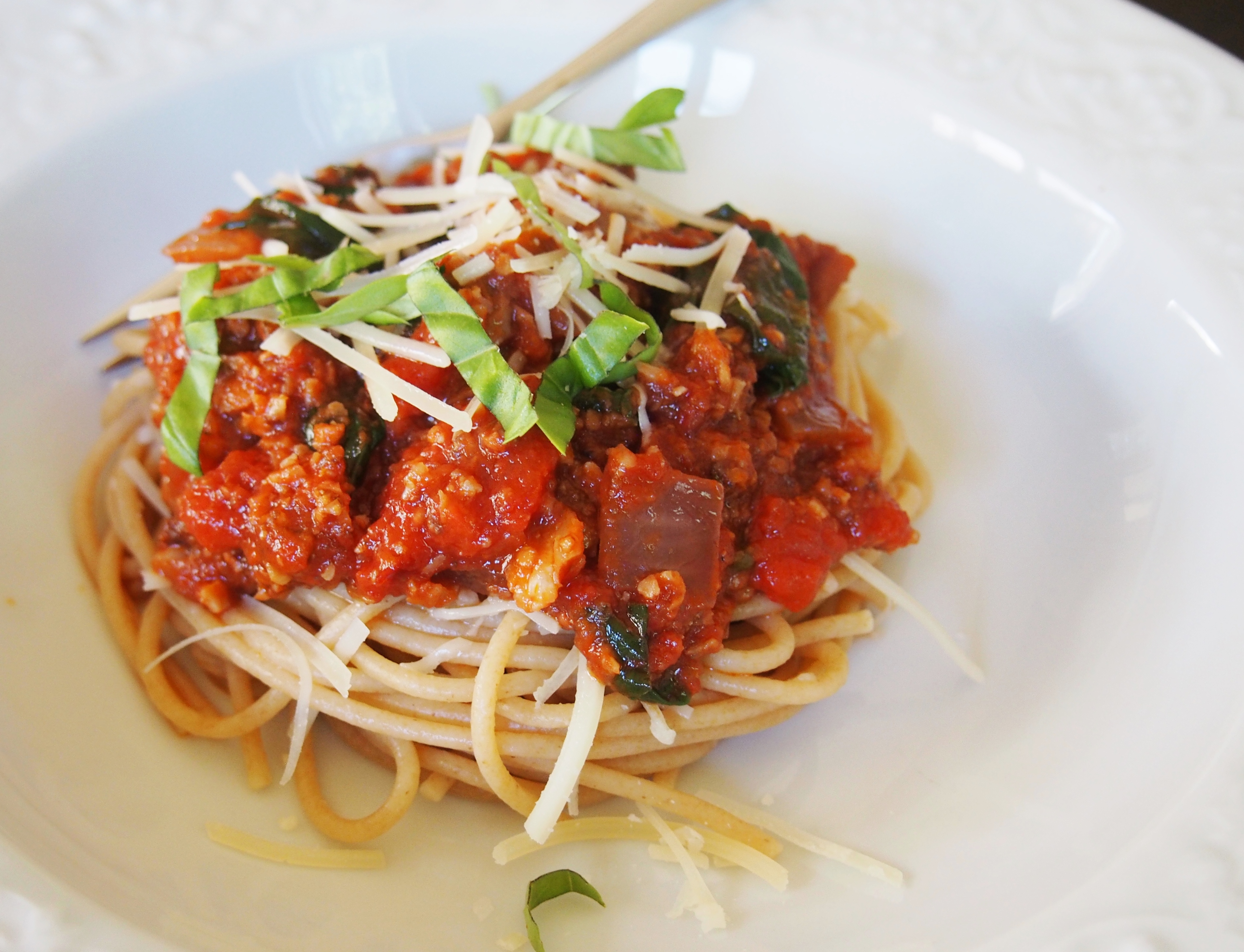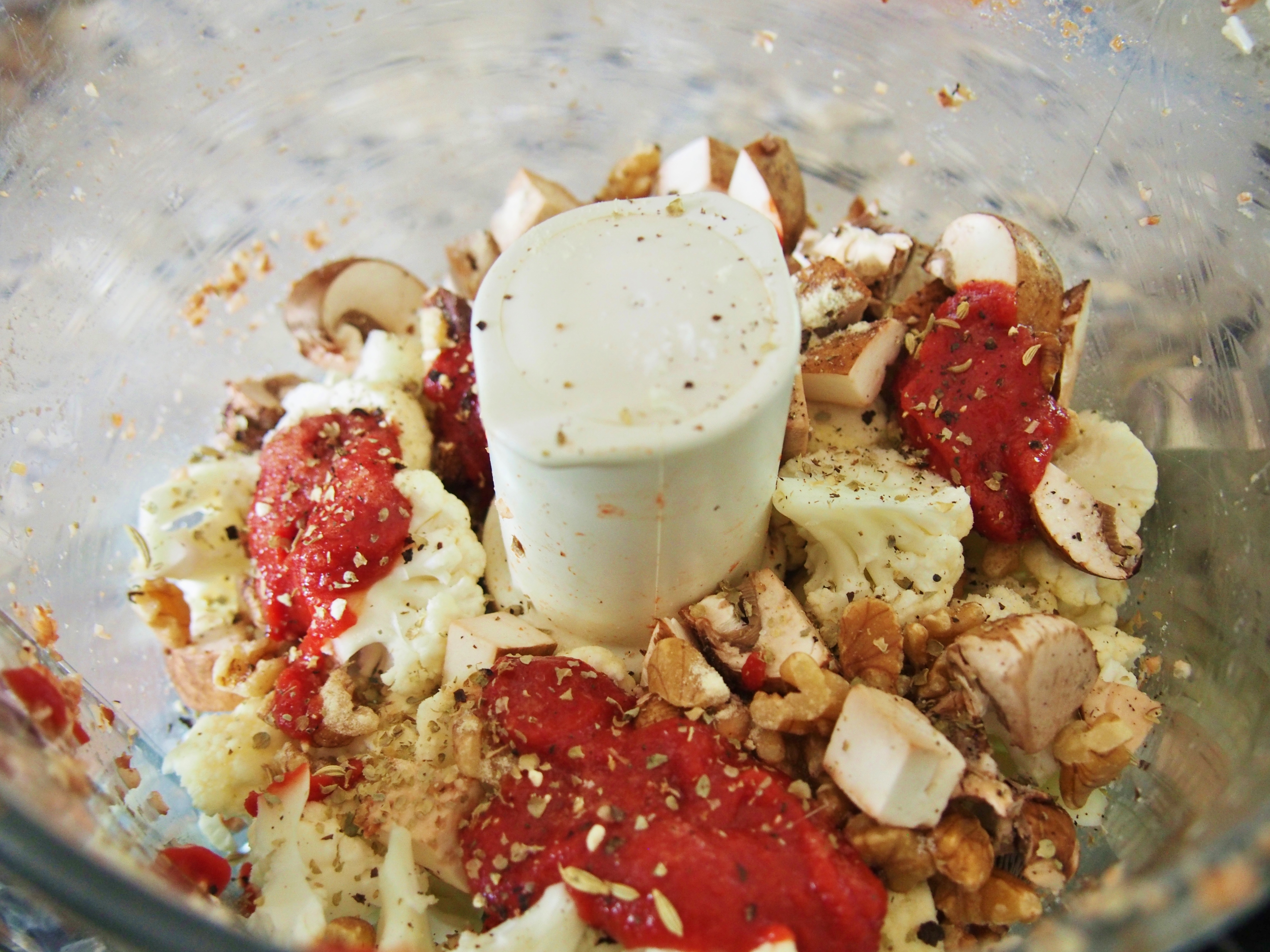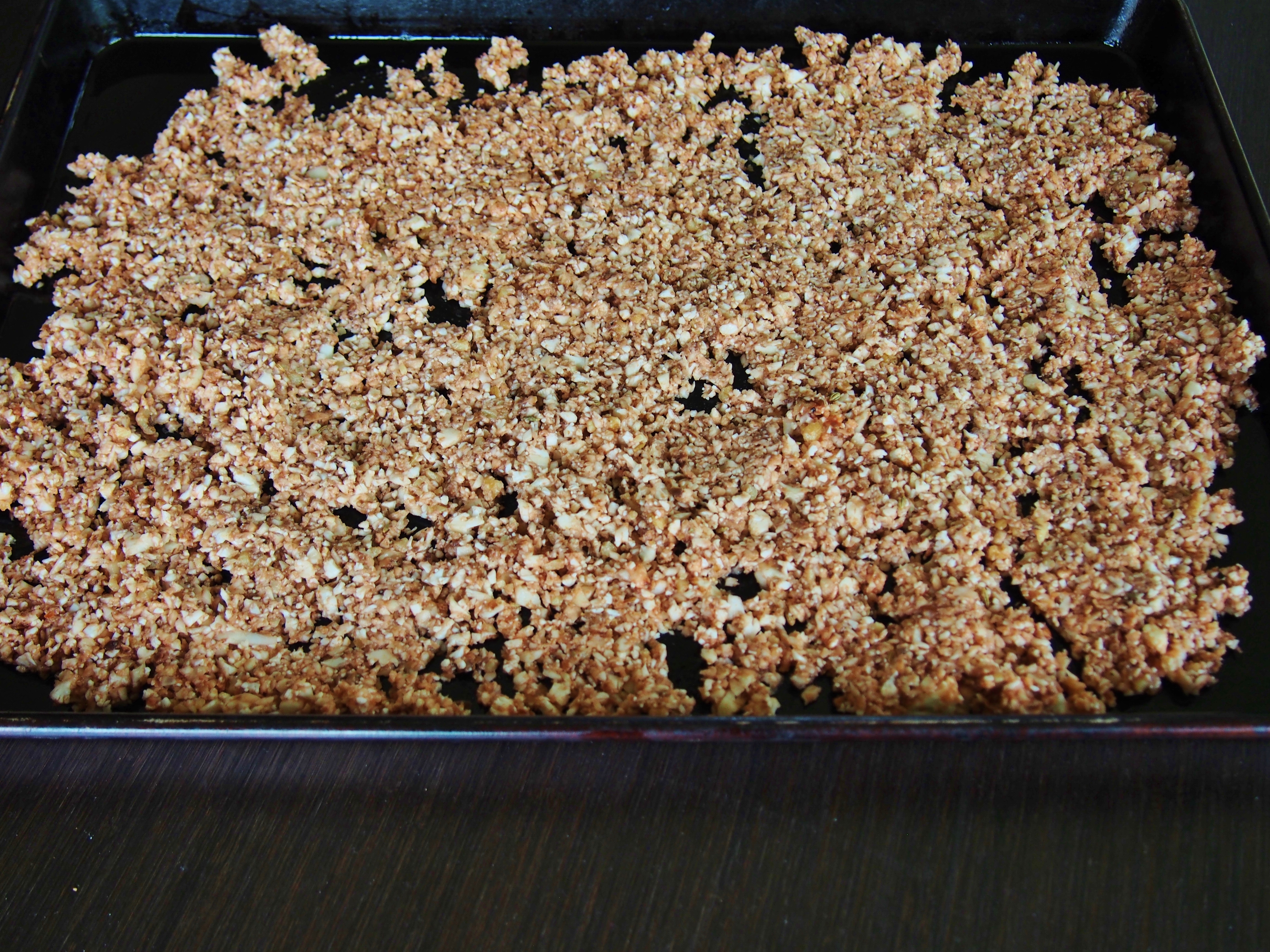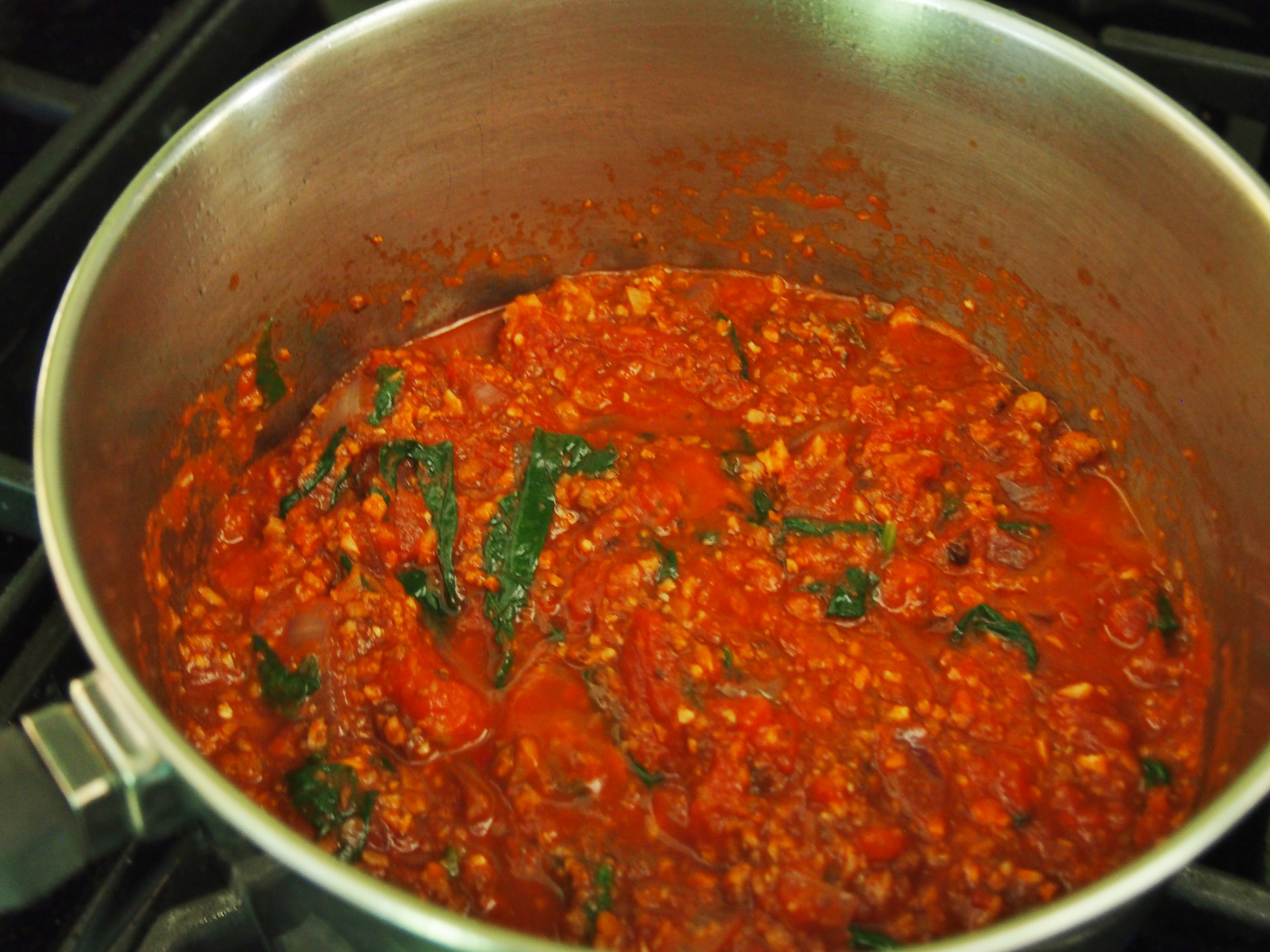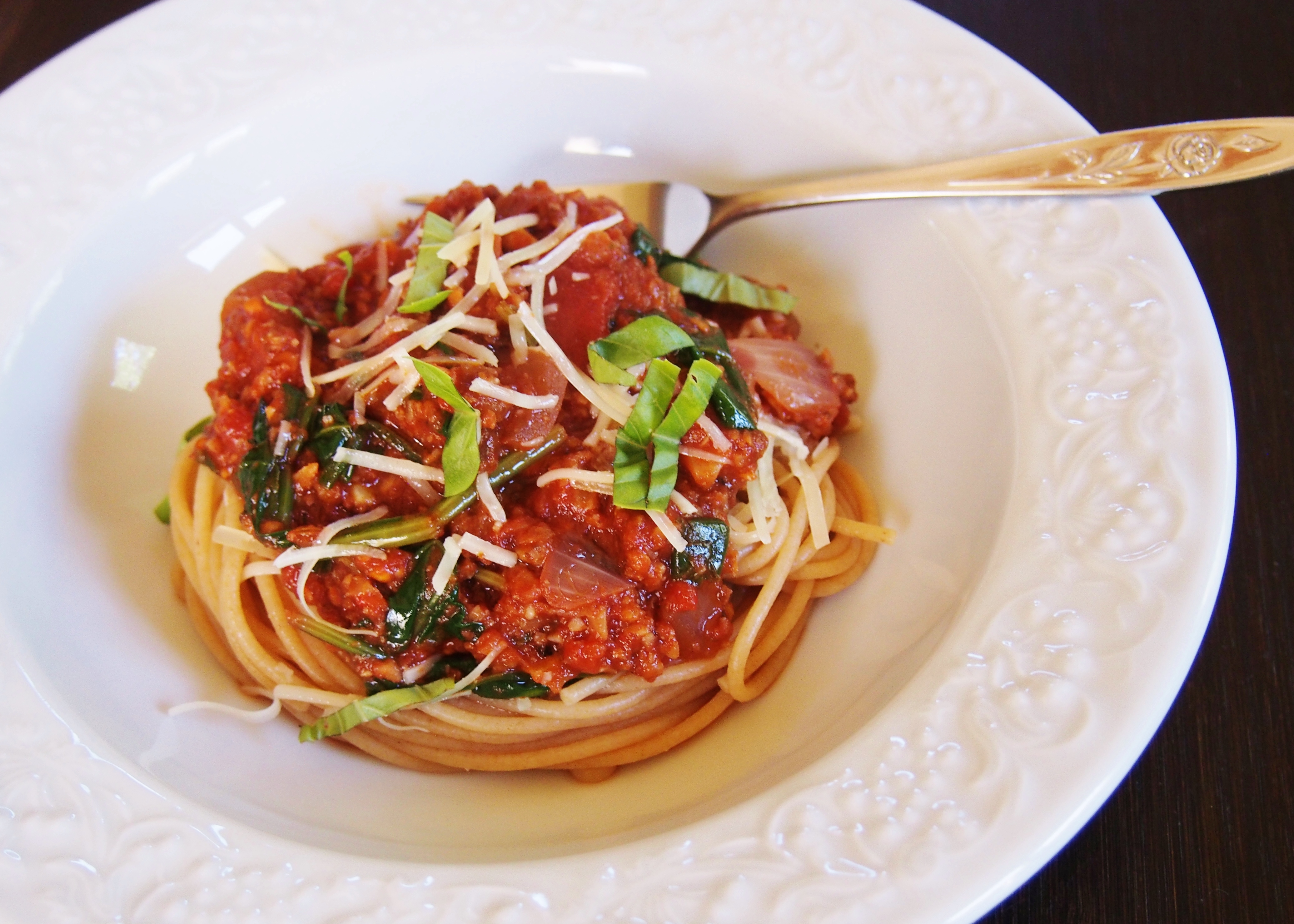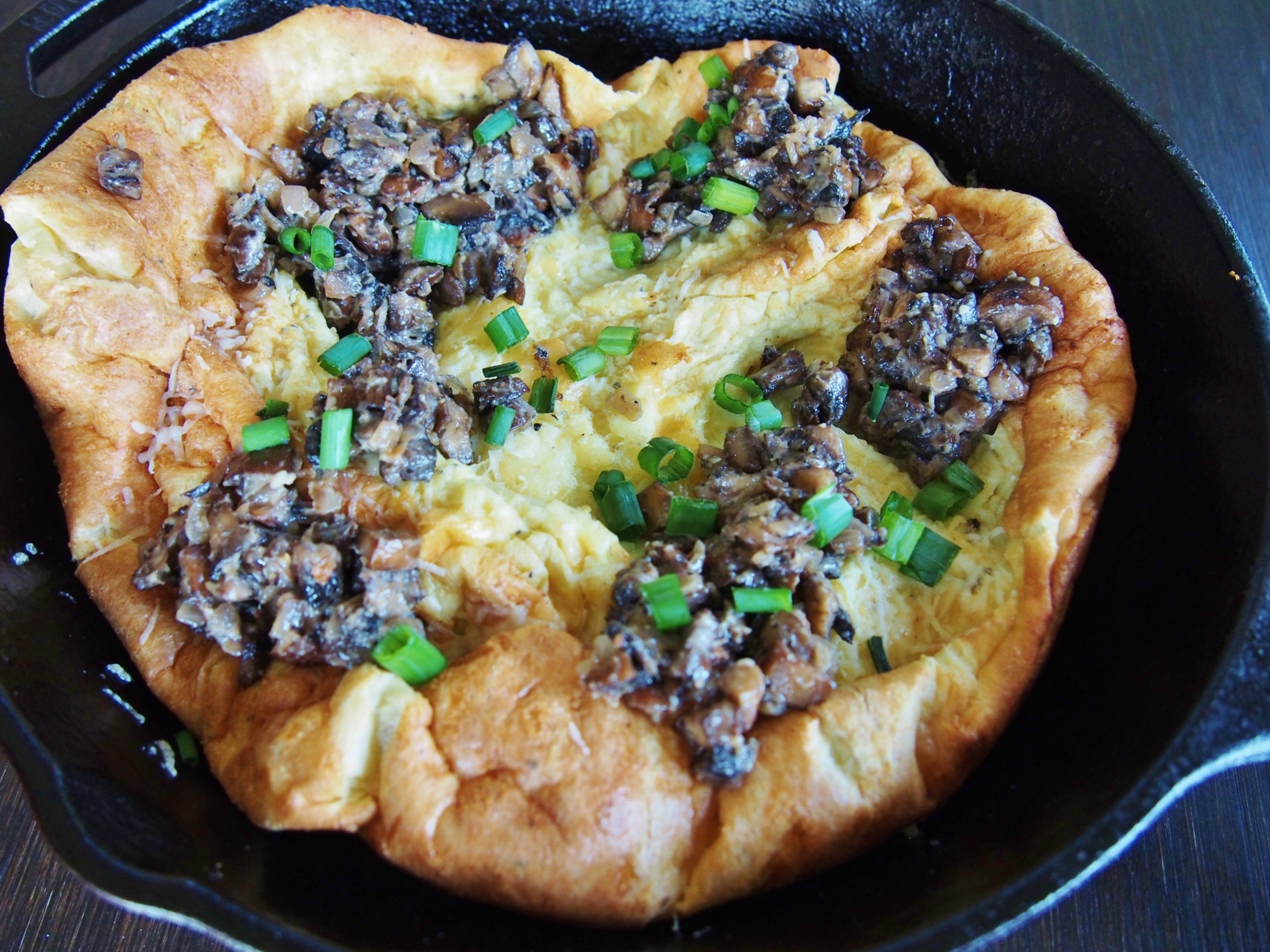
Lately I’ve been working my way through a cookbook I’ve had for several years, Smitten Kitchen Every Day. The Vegetarian Mains section has won my heart (and appetite). Every recipe I’ve made has been delicious and weeknight doable. Yay!
The book even includes a recipe that makes two (and only two) large oatmeal raisin chocolate chip cookies. You can satisfy your big cookie craving without having to fight not to keep eating cookie after cookie, which is what usually happens when I bake.
Last summer Dutch baby pancake recipes seemed to be everywhere, and I finally tried a breakfast version. Wow! The special treat that pancakes bring, but without the hands-on stove-top flipping they require. Plus, they were so darned cool looking with their rumpled one pan presentation.
A Dutch baby isn’t going to feed a crowd but is plenty for two with a tossed salad or four as a side dish with a main course. This recipe is a nuanced, hearty concoction that won’t leave you feeling weighed down. I sub homemade cashew cream for the called-for heavy cream; use whichever you prefer—I’m not sure you’d be able to tell the difference. Enjoy!
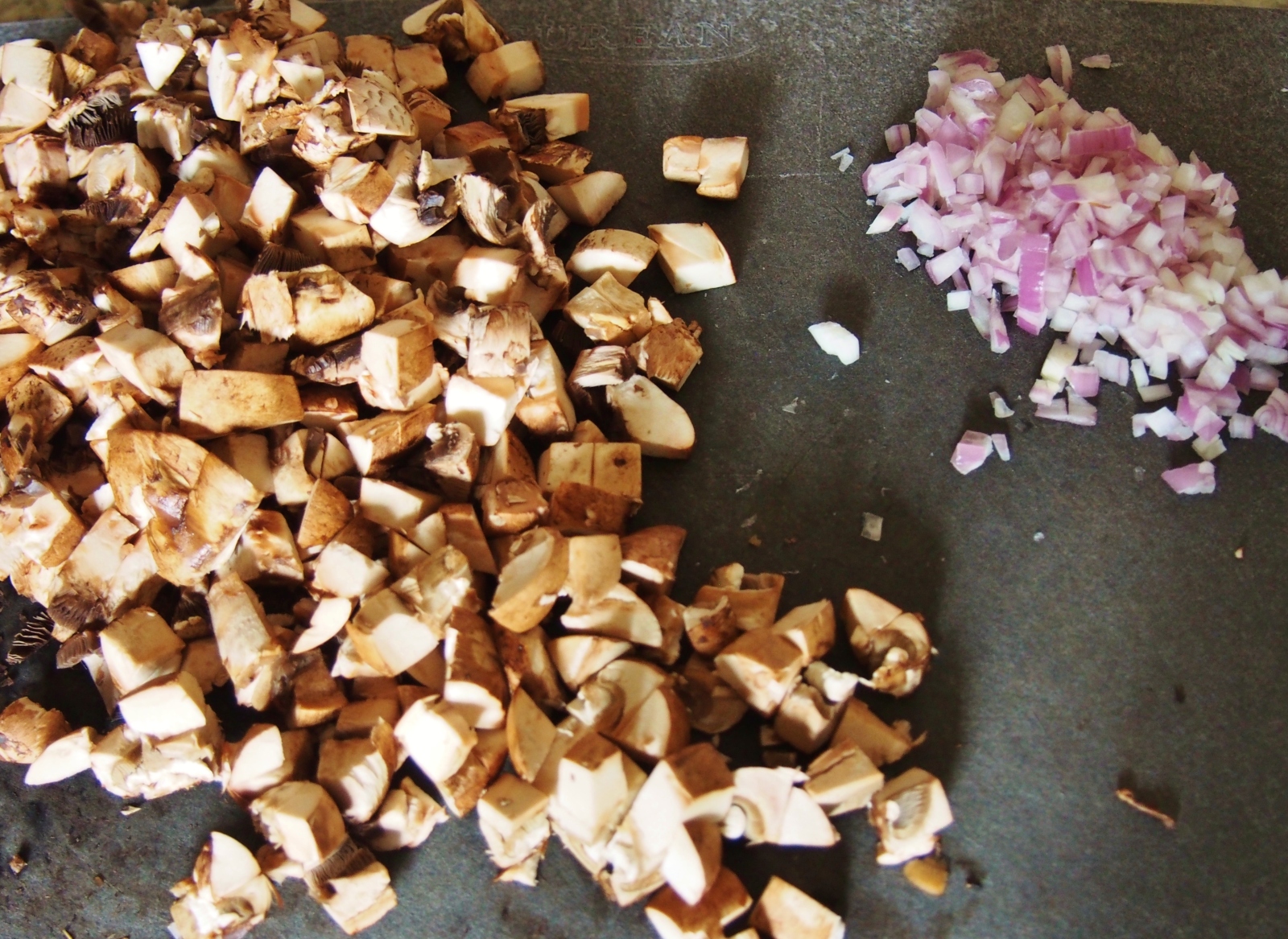
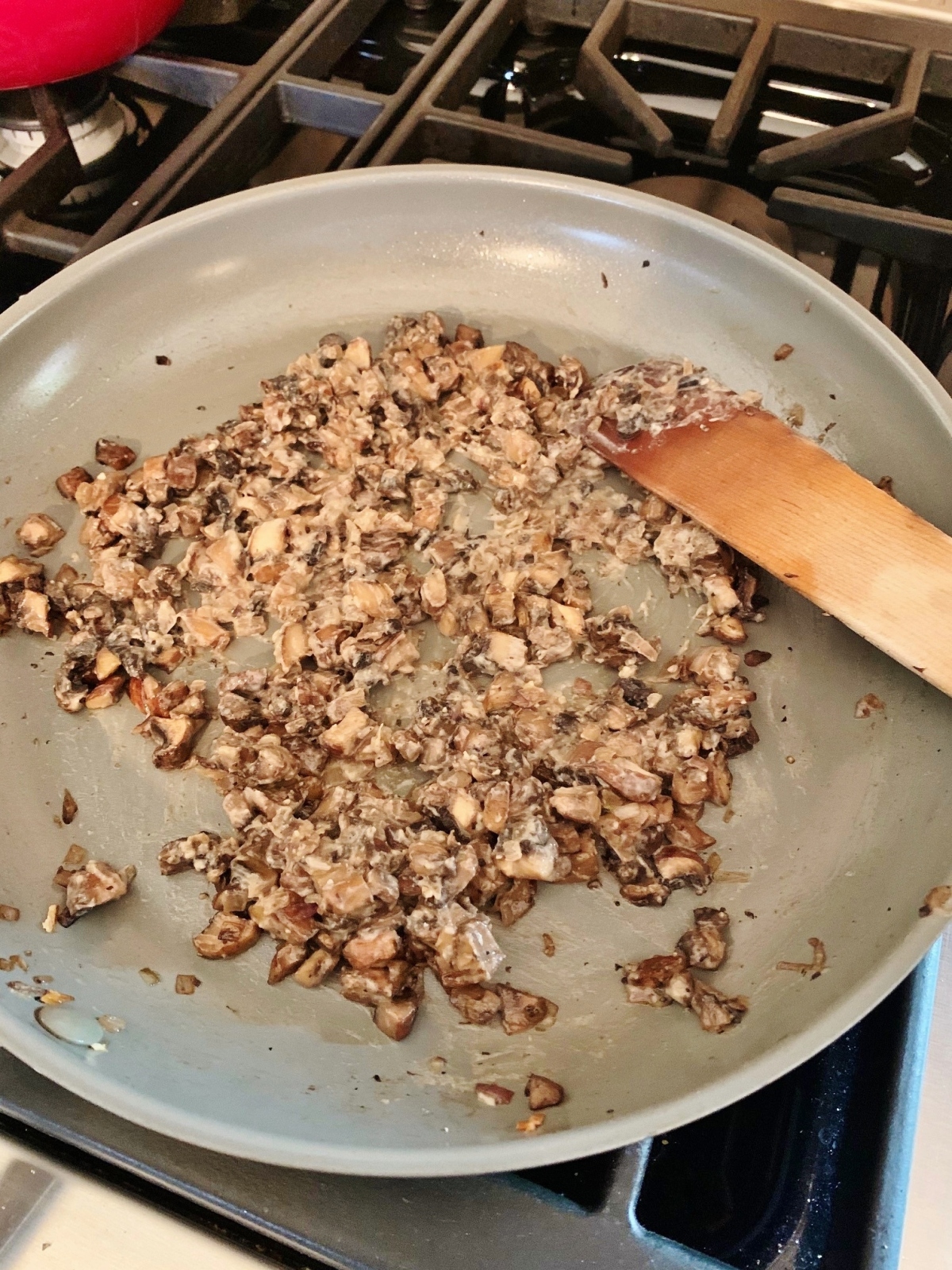
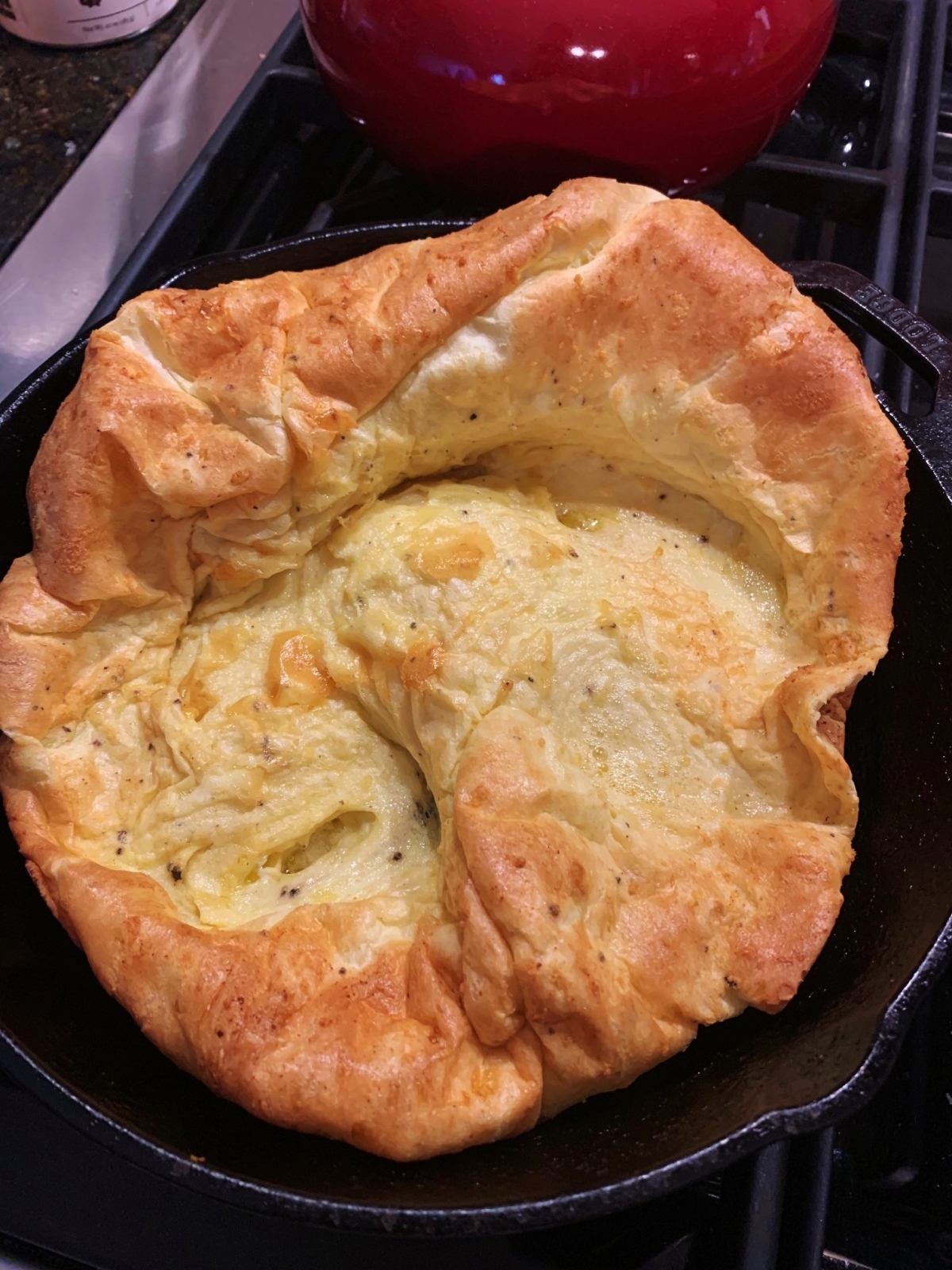

Parmesan Dutch Baby with Creamy Mushrooms
Creamy Mushrooms:
1 tablespoon unsalted butter
1 tablespoon extra-virgin olive oil
1 medium shallot, minced
8 ounces cremini mushrooms, cleaned and chopped small
Kosher salt and freshly ground black pepper
1 tablespoon dry white wine or dry vermouth (I used vermouth)
3 tablespoons heavy cream or cashew cream (cashew cream recipe can be found as part of this recipe)
Dutch Baby:
4 large eggs, room temperature
½ teaspoon kosher salt
Freshly ground black pepper
½ cup all-purpose flour
½ cup milk, room temperature (I’ve made this with both skim and whole milk and really couldn’t tell the difference)
3 tablespoons unsalted butter, cut into cubes
3 tablespoons finely grated Parmesan cheese
1 tablespoon chopped fresh chives or parsley, for garnish
Place a 10- or 12-inch cast iron pan (or other similar sized ovenproof skillet) in your oven and preheat it to 425 degrees F.
To make the creamy mushrooms, heat a large skillet or sauté pan over medium heat and add the butter and olive oil. Once the butter is melted, add the shallot, and cook until soft, 1 to 2 minutes. Add the mushrooms, salt and pepper to taste, and increase the heat to medium-high. Cook, stirring frequently, for about 5 minutes, until mushrooms have released their liquid and it has cooked off.
Add the wine, reduce the heat to medium-low, scrape up any brown bits and cook off the wine, which will take a minute or two. Stir in the cream, and as soon as it simmers, which will be almost immediately, remove from heat. You’ll be briefly heating this up again so it’s warm when you top the Dutch baby with it.
To make the Dutch baby, in a medium bowl, whisk the eggs, salt, and pepper until well combined. Add the flour and whisk until mostly smooth, then whisk in the milk. It’s okay if there are lumps.
Remove the hot skillet from the oven (use thick hot pads!) and add the three tablespoons of cubed butter. Swirl it around in the pan until it melts. Pour the batter into the pan and, carefully, return the pan to the oven. Cook for 15 minutes when the pancake should be brown in places and rumpled. Sprinkle with Parmesan and return it to the oven for a minute or two to melt the cheese. During the last few minutes of the Dutch baby cooking, heat the mushrooms over medium-low heat so they are warm.
Remove the pancake from oven and spoon the creamy mushrooms over it. Garnish with chives or parsley and cut into wedges. Serves 2 as a main dish with a tossed salad or 4 as a side dish with a main course.

